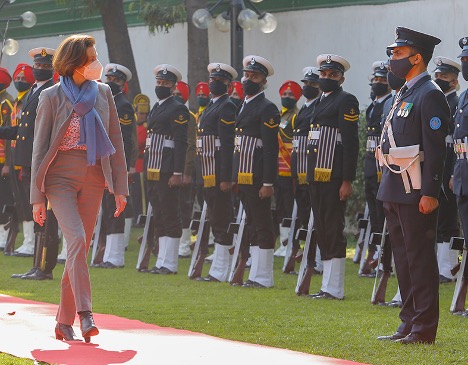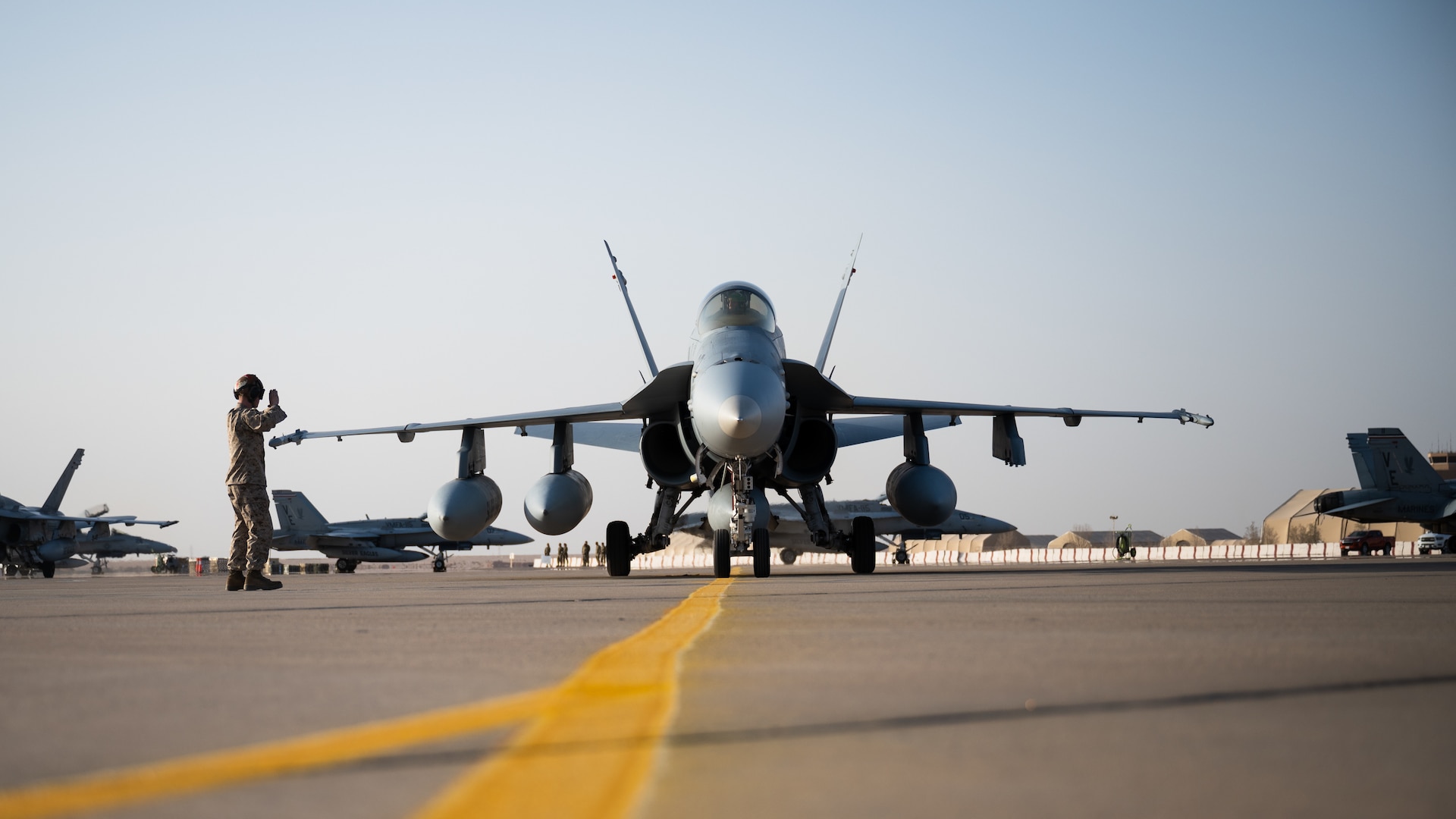On 1 December 2021, the Williams Foundation held its second 2021 seminar, this one focused on shaping a way ahead for a sovereign Australian space strategy.
That report can be found on the Williams Foundation website as well as on Second Line of Defense and Defense.info.
Since 2018, the focus of the seminars has been increasingly with regard to how to extend the reach of the ADF given the changing nature of the challenges facing Australia in the Indo-Pacific region. The discussions really began with a 2018 seminar which focused on the importance of long-range strike and was followed by seminars which focused on ways to enhance Australian resilience and sovereign capabilities.
The first seminar of 2021 focused on next generation autonomous systems, and the December 1, 2021, seminar on where autonomous systems, namely satellites, have been a regular feature for both military and commercial purposes for many decades.
The first point made throughout the presentations by speakers was that Australia has a long involvement in space activities through its working relationships with its core allies, first Britain, and then the United States. The Australians have been engaged in several support activities for the American space enterprise and that domain knowledge and engagement will continue to be critical in shaping Australia’s own efforts for enhanced sovereignty In space.
The second point is the need to indeed enhance Australian independent space capabilities.
As AIRCDRE Phil Gordon, Director General Air Defence and Space put it: “I would compare our position in space with being a frequent flyer who uses that service. And as we in defense are on the journey from being a consumer of other people’s space products to a contributor owner and operator in our own right.”
The need for shaping sovereign capabilities comes not only from the enhanced importance of space payloads for both commercial and military activities, but from the nature of crises and the nature of allies. Gordon put it succinctly: “It’s relatively easy to have access to space capabilities from allies when there’s plenty to go around.
“But if times are tough, if assets are under attack, if bandwidth is reduced, if satellites and ground stations are targeted and there’s just not enough capacity to do all the things we want to do, then where are those priorities going to lie?” This then means for Gordon: “we have to be able to have control and access of our space capabilities without needing to ask someone else’s permission.”
The third point was embedded in various presentations but put most directly by BRIG Ian Langford. Director General Future Land Warfare. Even though space clearly has its own specific requirements, skill sets and capabilities, it is part of the overall transformation of the ADF and of the next round of the revolution in military affairs, or perhaps we could go back to the term used throughout the Williams Foundation Seminars, namely, a fifth-generation force but now with greater reach.
Langford put it this way: “ Two years ago, I was talking to a US Air Force retired four-star general, and we were talking about the revolution of military affairs, which was demonstrated in 1991 during the first Gulf War. And that was demonstrated in that context through the effectiveness of GPS and the use in application of precision strike and advanced munitions, as it related to the ability of US-led coalition forces to be so effective and so profound in the context of that capability overmatch. Now we are on the edge of a significant defence recapitalization are we now on the edge of the next round of the RMA? And what are we to do about it?”
The fourth point is that shaping of a new Australian space enterprise which started with the 2018 standup of the Australian Space Agency and will see a new ADF command to be stood up in January 2022 is occurring in the context of evolving strategic environment.
And that environment as I noted in a recent discussion with Dr. Paul Bracken, the well-known strategist, is characterized by ongoing limited war with the authoritarian powers and the challenge of escalation control and management.
Space assets are crucial to be able for Australia to shape effective crisis management in the ongoing conflicts with the authoritarian powers. Several speakers spoke about the militarization of space and space war. The challenge is to know when it starts. Both the cyber and space domains are domains within which conflict is ongoing, signaling difficult, but the need to be resilient crucial.
Dougal Robertson of the Williams Foundation highlighted the interaction between space and the various dimensions of the evolving strategic environment. And he underscored this crucial point: “Gray-zone traditionally means we are not at war, but we’re not at peace. The gray-zone actor might be pursuing national objectives, certainly in relation to nation states, and when we talk about gray-zone activity, they’re often pursuing objectives that are linked to military advantage or political or strategic advantage.” If this is the case then, Australia certainly needs space capability which can give the ADF and the government decision making tools to evolute conflicts and crisis management options, occurring in space and cascading out to the entire combat force.
The fifth point, and a major part of the day’s discussion, was on the nature of the space eco-system which Australia needs to shape going forward to have enough sovereignty to have decision making capabilities for both security and defense needs.
Space is expensive and payloads are dynamically changing under the impacts of new initiative sand capabilities generated by the major space powers.
So, what can Australia realistically do and how best to do it?
One approach is to leverage the dynamics of change with regard to new versus old space, which means new ways to launch space payloads, and to leverage the various ways to shape new satellite payloads and constellations.
That effort will be generated as the major space powers refigure how they are working GEO, MEO and LEO payloads, and as they shape various kinetic and non-kinetic ways to shape warfare in space capabilities.
That is why working with the United States and enhancing working relationship with the UK as they have launched a new space command, or with India, or Japan or ESA all will become parts of shaping the space ecosystem for the Australian space enterprise going forward.
Malcolm Davis of the Australian Strategic Policy Institute provided a particularly robust and clear discussion of what Australia’s way ahead in space might look like.
“We need to think about space resilience, and we need to think about space deterrence, and they should complement the existing projects in space. Sovereign launch is clearly going to happen, and I’ve always been an advocate for a high, low mix, where Australia contributes a low end in terms of small satellites that can complement the large geo birds. These small satellite systems could contribute new types of capability and new missions for the Australian defense force.”
The sixth point is the central role which Australia’s geography has and will play going forward.
The cooperation between the United States and Australia in part is based on Australia’s location and its extensive geography. The establishment of Pine Gap is a case in point. This location is strategically significant because of the ability of the facilitates there to work various high value satellites as they pass over one-third of the globe, including China, the Asian parts of Russia and the Middle East. And going forward launch locations and ground-based space capabilities will grow in importance as Australia builds out its own capabilities and works with partners and allies in the liberal democratic world going forward.
In the panel, the former air attaché to the United States, Terry Van Herren noted: “If I was a Chinese general, I’d be worried about three things from Australia. First, I would be worried about nuclear powered submarines. Second, I would be quite concerned about long range replenishable strike. The third thing that would worry me would be a robust counter space capability developed and supported in Australia. Why? Because Perth and Beijing are on the same longitude. They would hate to see us develop real space power in this country.”
The report can be read in e-book format below:




